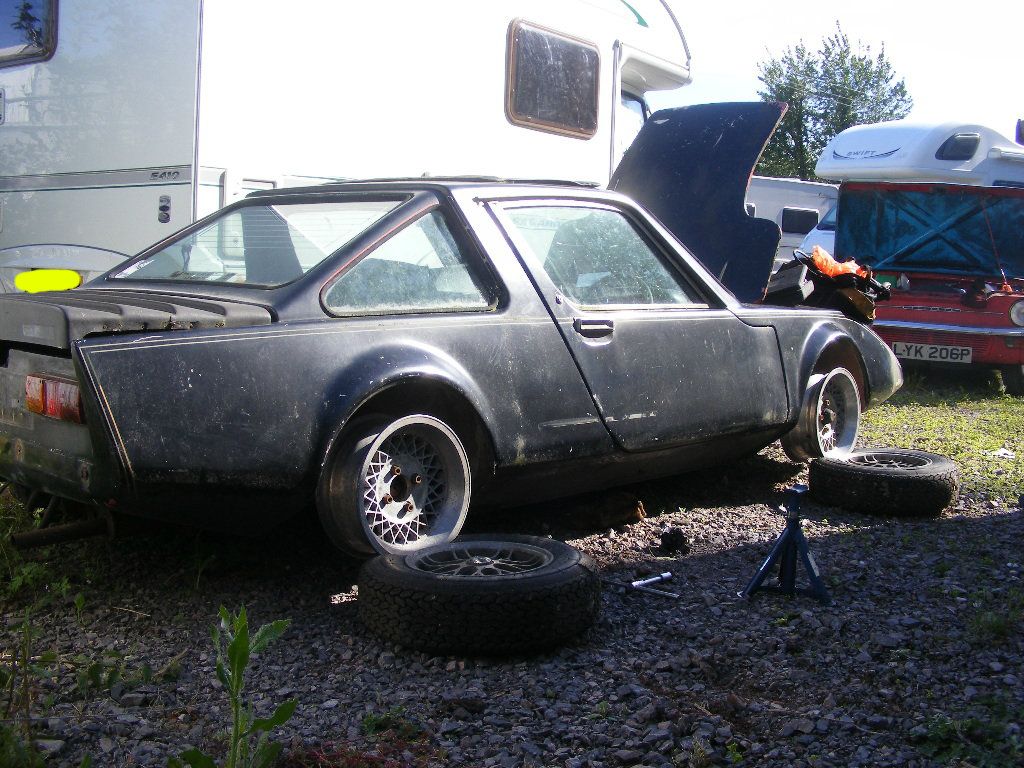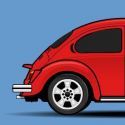|
|
|
|
|
|
I'm having a bit of a modernisation spree on my Dolly 1850, already fitted an Ali rad with a larger core, upgrading the electrics, Volvo expansion tank next and now I'm looking at the oil breather system.
Pouring oily fumes from the top of the cam cover into the inlet seems mad. Ok, they're not that bad, but still not ideal.
Basically, can I just block up the inlets for it on the carbs and run it from the cam cover into a catch can or stick a filter over it?
I know I can't block up the breather on the top of the cam cover, it's the carb end of the system I'm unsure of.
Also, what would be the best way to block it up at the carb side? It looks too thin to be able to tap a thread and whack a bolt in.
Would a rubber stopper with some sort of sealing goo around it do?
If there are any legit reasons I shouldn't do it, feel free to say.
I know it's probably pointless otherwise, but if it's not going to mess it up, I'd like to do it.
Thanks.
|
| |
|
|
|
|
|
|
|
|
No problem blocking the carb end, usually done with a piece of rubber tube with a bolt in the other end..
I'm about to build a oil breather myself, but after reading up on them i've come to the conclusion that they're mostly for atheistics. Right now i've got a filter stuck straight to the cam cover, but it'll go black and make a mess.
The simplest solution is simply a tube which leads the fumes from the cam cover under the car.
|
| |
|
|
|
|
|
|
|
|
Thanks.
I think what I'll do is stick a filter on and see if it goes black and runs out of it, if it does, then stick a catch tank in there.
I'm definitely not going to be running it straight under the car though. It's a typical Triumph colander as it is. It shouldn't leak that badly, but if it does, I won't be very popular with any bikers...
Thanks.
|
| |
|
|
|
|
|
|
|
|
The trouble with piping it out is that it can/will drip oil residue - not ideal for track use, roads that you use regularly, or following motorcyclists.
I'd run it into a catch can myself - possibly with a vent pipe under the car to let the gasses out so they don't get into the interior. In fact, that's exactly what I have done.
You will probably have to re-set the mixture if the breather ports on the carbs are after the pistons (as seen on many SUs), since the air going in there leans out the mixture.
|
| |
|
|
|
|
|
|
|
The other thing to consider is that if you remove the pipework to the intake system, you'll lose a little bit of crankcase vacuum. That could mean that you find oil starts working its way out of seals that were otherwise dry before. The gains from removing the breather system are negligible, at best. You'll also keep your car cleaning-smelling if you leave it in place, too  |
| |
|
|
|
|
|
|
|
common misconception... catch-cans don't do anything to seperate the oilly mist from the breathers - very few engines have a genuine use for them (when oil literally pours out the breathers due to high cornering speeds - they catch the overspill) As above, unless you just want a bit of bling, leave it as it is  |
| |

You're like a crazy backyard genius! |
|
|
|
|
|
|
common misconception... catch-cans don't do anything to seperate the oilly mist from the breathers - very few engines have a genuine use for them (when oil literally pours out the breathers due to high cornering speeds - they catch the overspill) As above, unless you just want a bit of bling, leave it as it is  Even if the breather isn't in any way connected to the inlet? Will it not help with emissions if the oily mist isn't going into the engine? Though if it's that misty, it's the least of my worries lol. Thanks guys. |
| |
|
|
|
|
|
|
|
common misconception... catch-cans don't do anything to seperate the oilly mist from the breathers - very few engines have a genuine use for them (when oil literally pours out the breathers due to high cornering speeds - they catch the overspill) As above, unless you just want a bit of bling, leave it as it is  Mine definitely catches oily gunge - though it's mostly emulsion and water from when it's cold. even if it only catches a little it's got to be better than dumping it straight onto the road. |
| |
|
|











